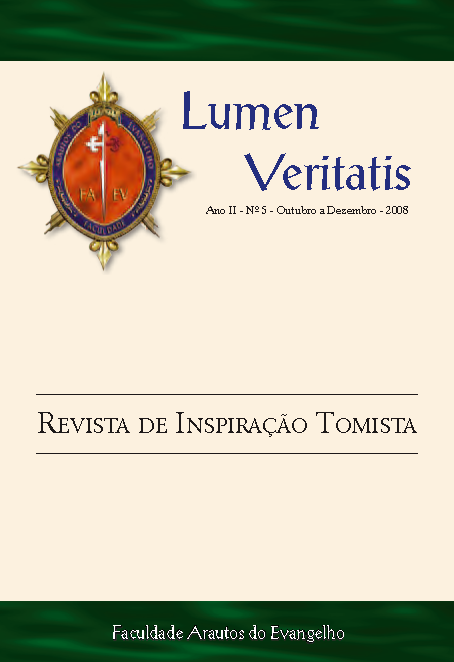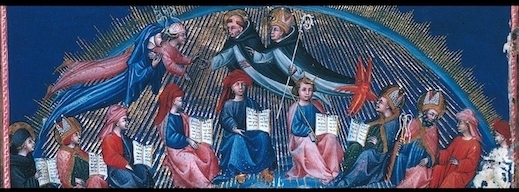Il pensiero di san Tommaso e l'attuale prassi della concelebrazione
Resumo
Após o Concílio Vaticano II, a Igreja Latina retomou o antigo costume da concelebração, que permaneceu sempre em vigor nas Igrejas Orientais e não foi nunca abolido. São Tomás oferece uma importante explicação teológica para a concelebração: nela se manifesta muito bem a unidade do sacerdócio, do sacrifício, e de todo o povo de Deus. A concelebração é ritualmente prescrita na ordenação do Bispo, dos Presbíteros, do Abade e na Missa do Crisma. É recomendada, a menos que a necessidade dos fiéis não indique de outra forma, em outras ocasiões prescritas. Ao sacerdote, singularmente considerado, seja permitido celebrar a Eucaristia individualmente, mas não ao mesmo tempo em que, no mesmo oratório ou igreja, se concelebra; contudo, na Missa vespertina da quinta-feira santa (“Santa Ceia do Senhor”) e na Missa da Vigília Pascal, não é permitido celebrar individualmente. Embora o CIC de 1983 não contemple explicitamente a concelebração entre ministros católicos de diferentes Igrejas sui iuris, o que se encontra prescrito no CCEO de 1990 é igualmente válido para os de Rito Latino, desde que respeitados os mesmos princípios. A concelebração entre Bispos e Presbíteros Católicos de Rito Latino e Oriental é autorizada, segundo a tradição antiga, para favorecer a caridade e com o escopo de manifestar a união entre as Igrejas. /// The Catholic Church of Latin Rite returned to the ancient practice of concelebration after the Second Vatican Council, where as this practice was never abolished in the Oriental Churches. St Thomas Aquinas offers an important theological explanation of concelebration which, expresses the unity of the priesthood, of the sacrifice and of all the people of God as well, is obligatory during the consecration of a bishop, the ordination of presbyters, the blessing of an abbot and during the Chrism Mass. Concelebration is recommended in some prescribed cases unless the convenience of the faithful requires the priest to celebrate individually; nevertheless, not while concelebration is held in that very church or oratory. However, it is not permitted to celebrate Mass individually without a congregation on Holy Thursday Evening Mass of the Lord’s Supper, and on Holy Saturday during the Easter Vigil. In spite of CIC of 1983 which does not consider concelebration explicitly between catholic ministers of varied Churches sui iuris, the prescription of CCEO of 1990 holds also for Latins, with its respective principles to be respected. The possibility of concelebration between bishops and presbyters of the varied Catholic Churches sui iuris, including the Latin Church, encourages charity and makes the unity between Churches manifest.Edição
Seção
Articles






